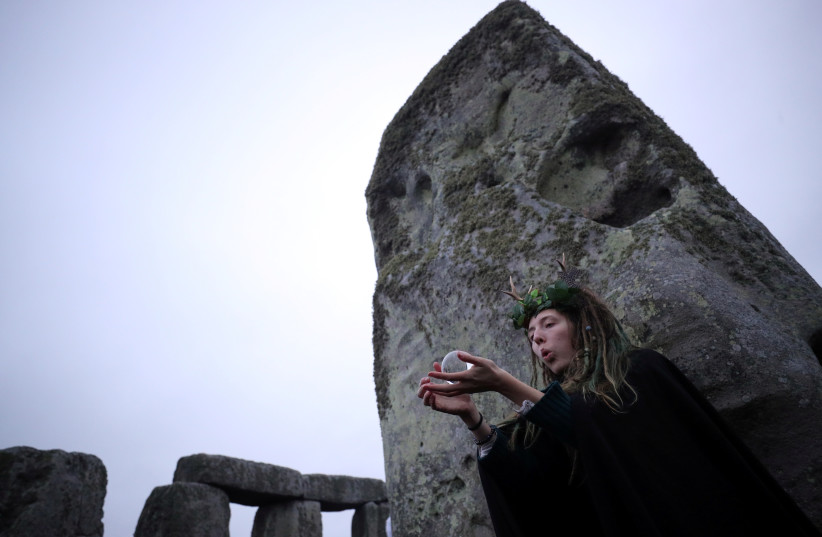Thousands of 10,000-year-old hunting pits have been discovered at the heart of the Stonehenge monument area in southwest England by the University of Birmingham and Ghent University researchers.
One of the pits was described by the researchers as "the most ancient trace of land use" ever discovered, at 4 meters wide and 2m. deep. It was most likely dug as a hunting trap for large game such as aurochs, red deer and wild boars, the research team noted. Aurochs are thought to be predecessors of modern cattle that became extinct about 3,000 years ago.
The researchers, who displayed their findings in a study published this week in the Journal of Archaeological Science, were able to make this discovery by using a combination of unique archaeological tools available to them at the prehistoric site.
By using geophysical data from the first extensive electromagnetic induction survey at Stonehenge, which contains evidence from over 60 geoarchaeological boreholes, and 20 targeted archaeological excavations on the site, the researchers were able to create computer-generated analyses of thousands of subsurface features, such as pits.
"Geophysical survey allows us to visualize what is buried below the surface of entire landscapes," Ghent University professor Philippe De Smedt said. "The maps we create offer a high-resolution view of subsurface soil variation that can be targeted with unprecedented precision."
"When used correctly, geophysical sensors do not lie," University of Birmingham professor Henry Chapman added. "They represent a physical reality. Converting that observed reality to archaeological knowledge, however, is not a straightforward process."

"As archaeologists, we need information on aspects such as chronology and function as a basis for understanding past human behavior, he said. "That puzzle contains pieces that can only be retrieved through excavation."
Indeed, the Anglo-Belgian joint study shows hunter-gatherers may have roamed the British Isles some 10,000 years ago, during the Mesolithic period. According to previous archaeological findings, the isles were reinhabited at that time following an ice age.
Out of the thousands of pits found at the site, 400 of them were identified as being over 2.5m. in diameter, with six of those excavated by the research team. Those six were evaluated to be from sometime between the early Mesolithic period around 8,000 BCE to the Middle Bronze Age approximately 1,300 BCE.
"The traces we see in our data span millennia, as indicated by the seven-thousand-year time frame between the oldest and most recent prehistoric pits we have excavated," said Paul Garwood of Birmingham.
"From early Holocene hunter-gatherers to later Bronze Age inhabitants of farms and field systems, the archaeology we are detecting is the result of [the] complex and ever-changing occupation of the landscape."
